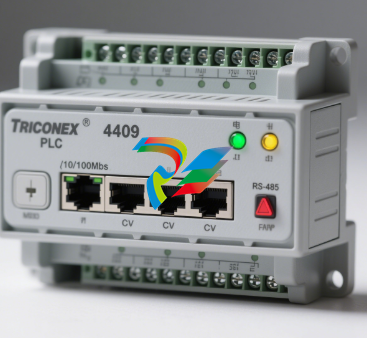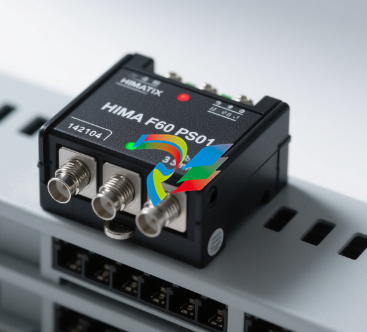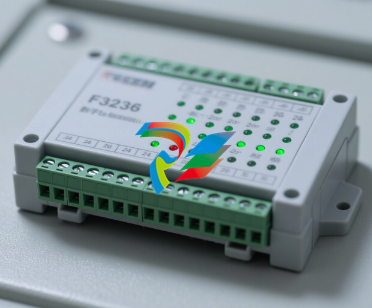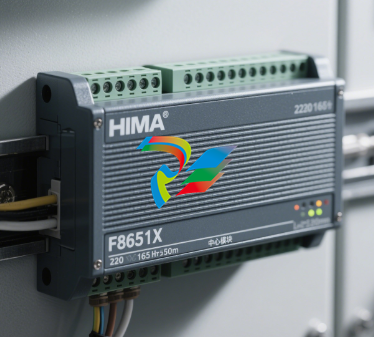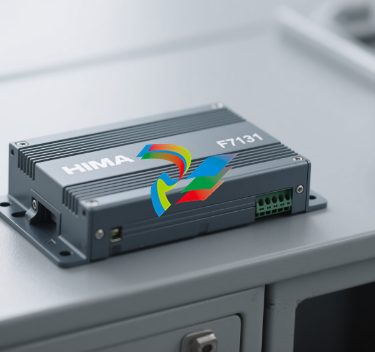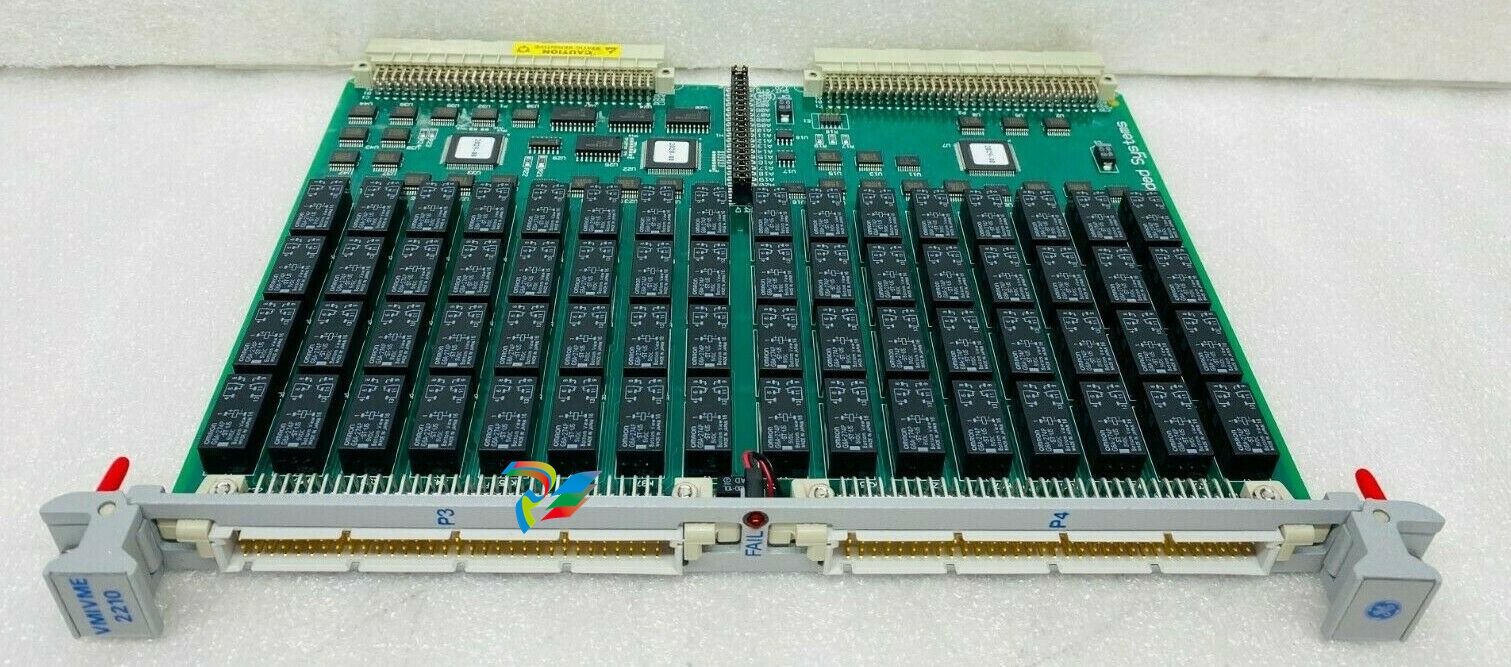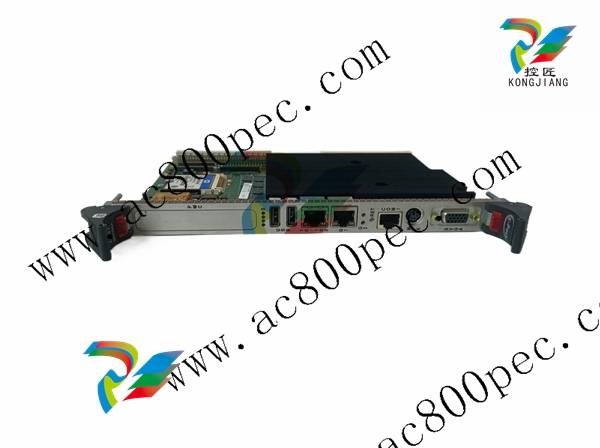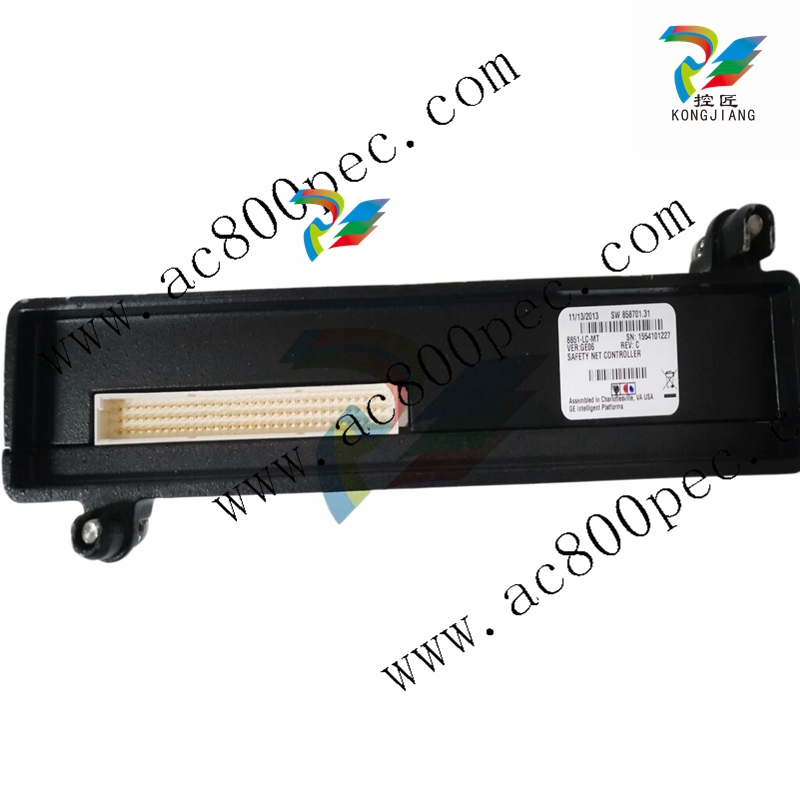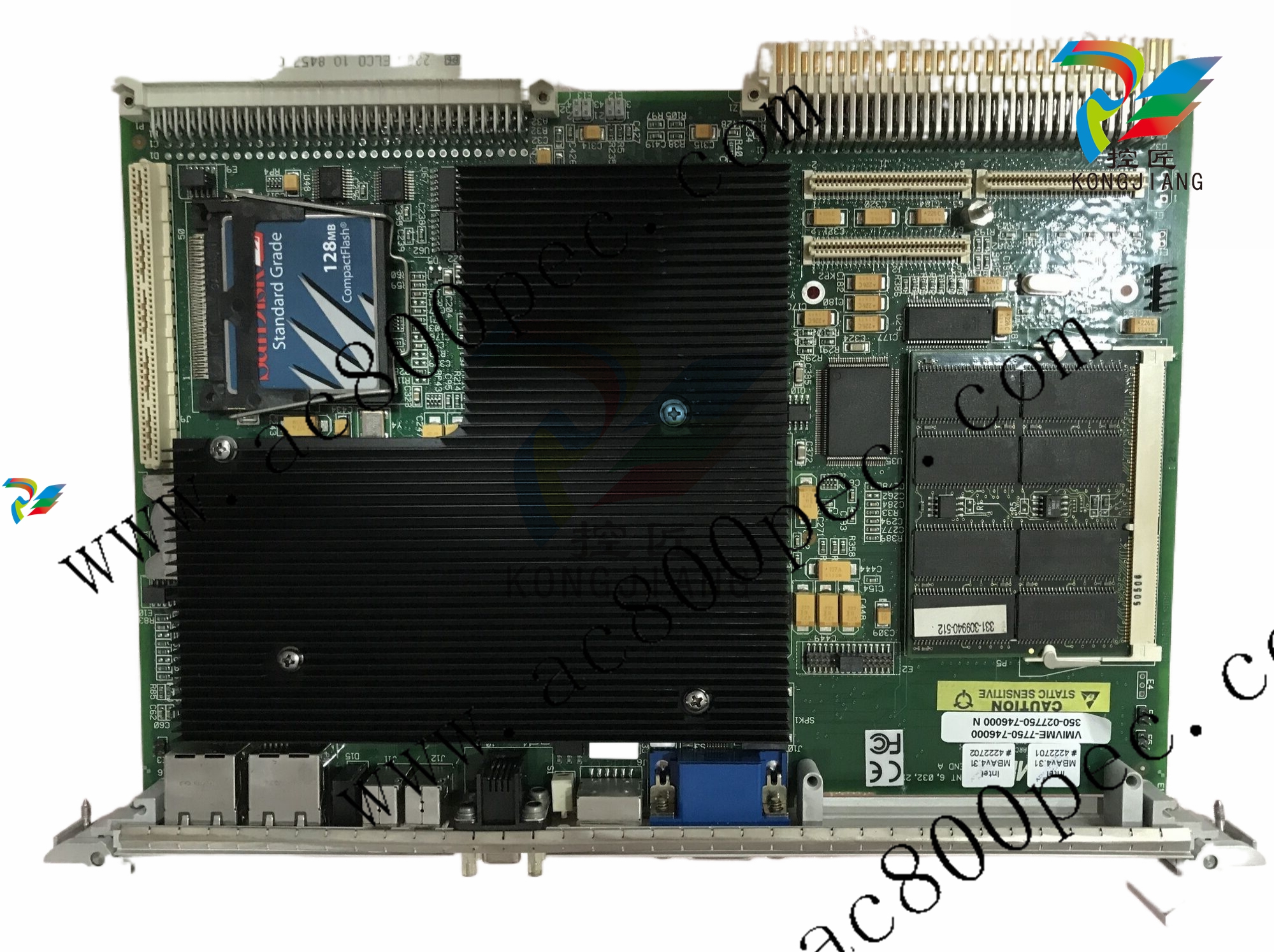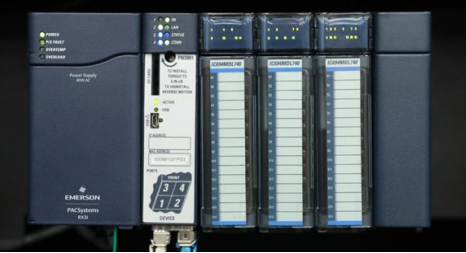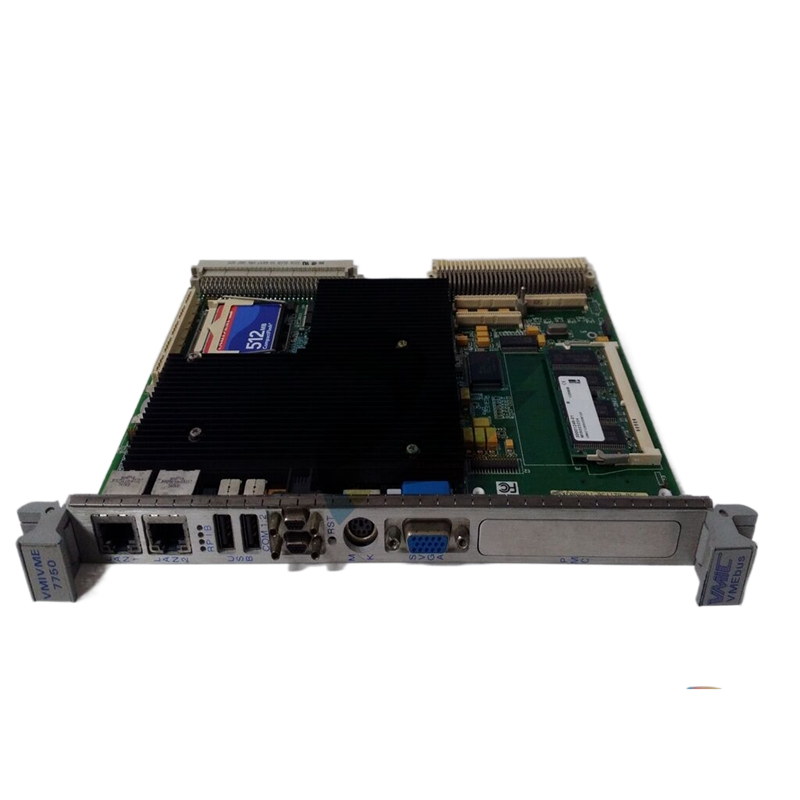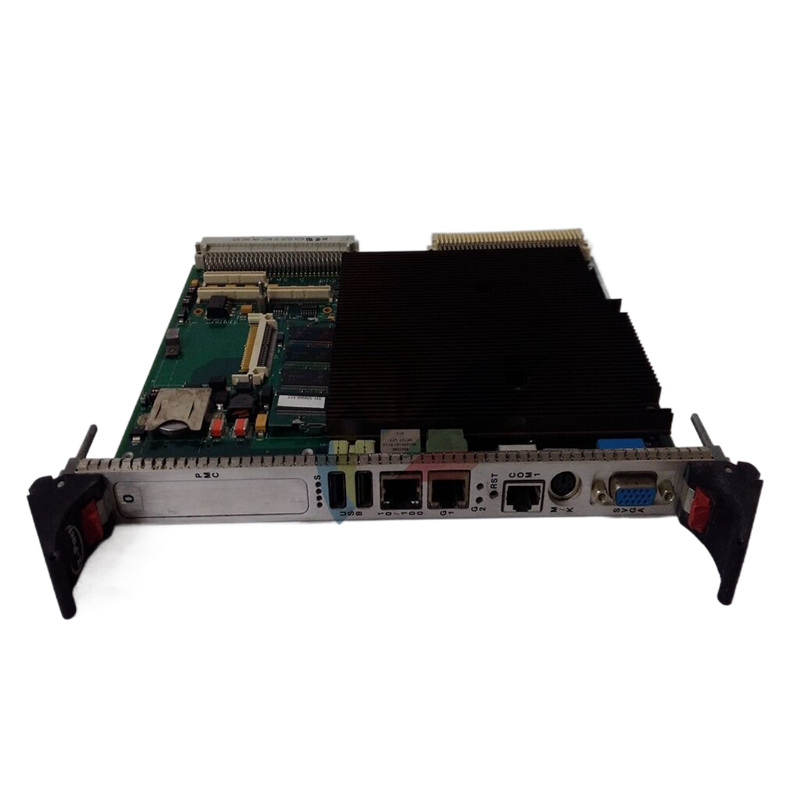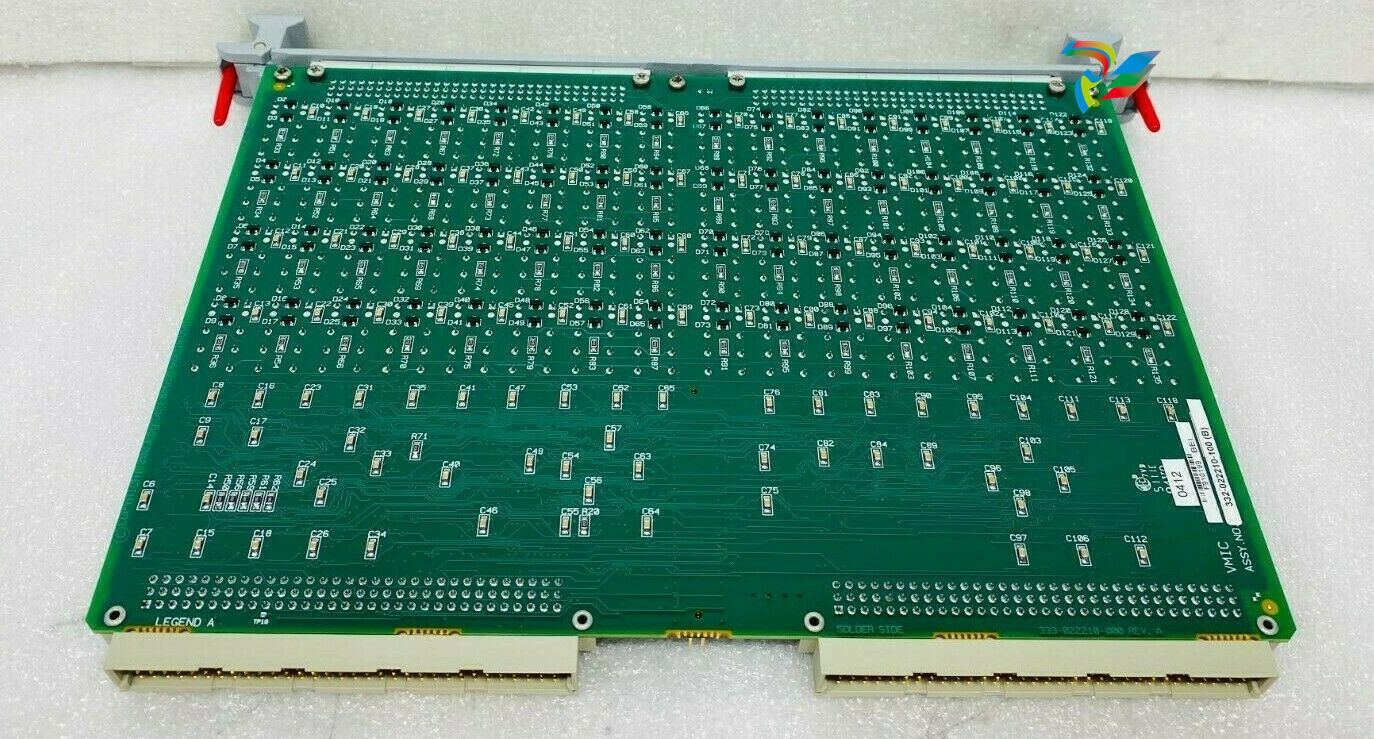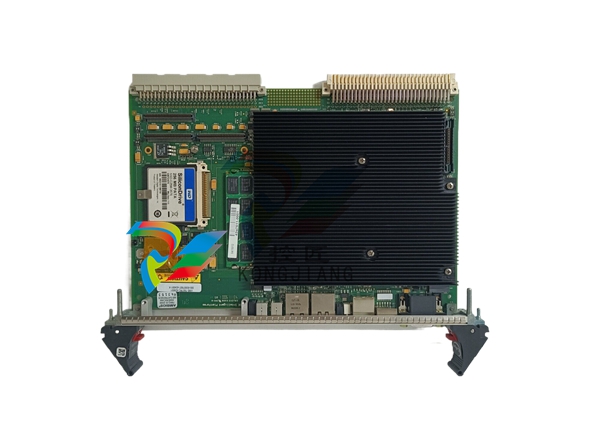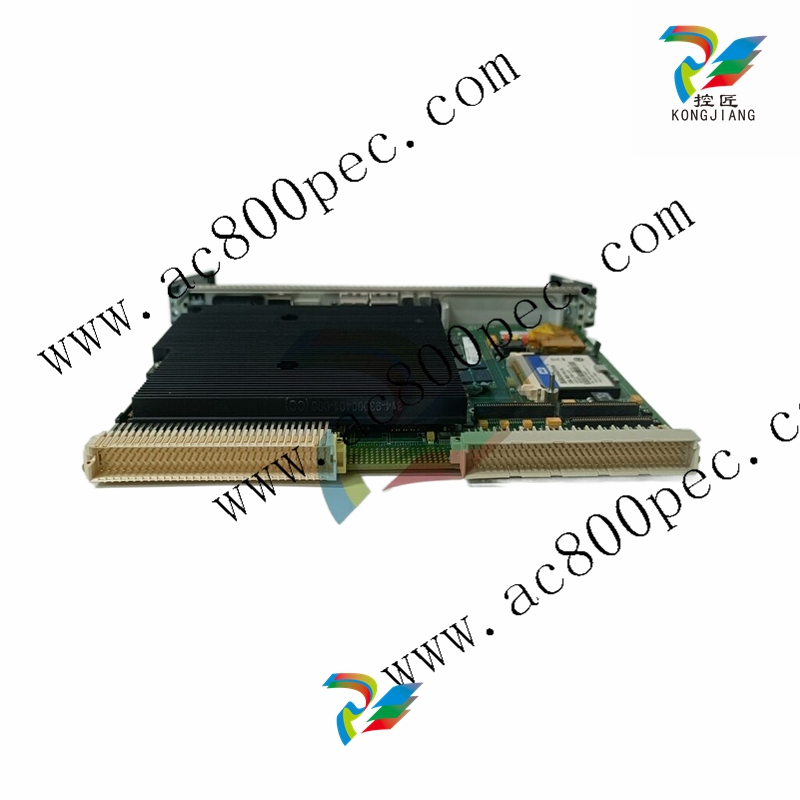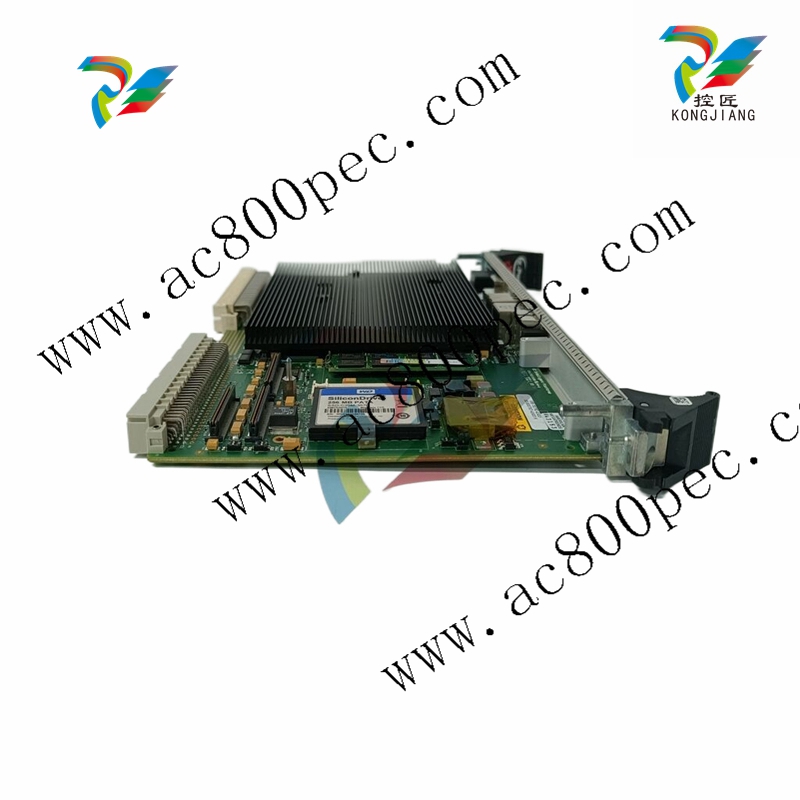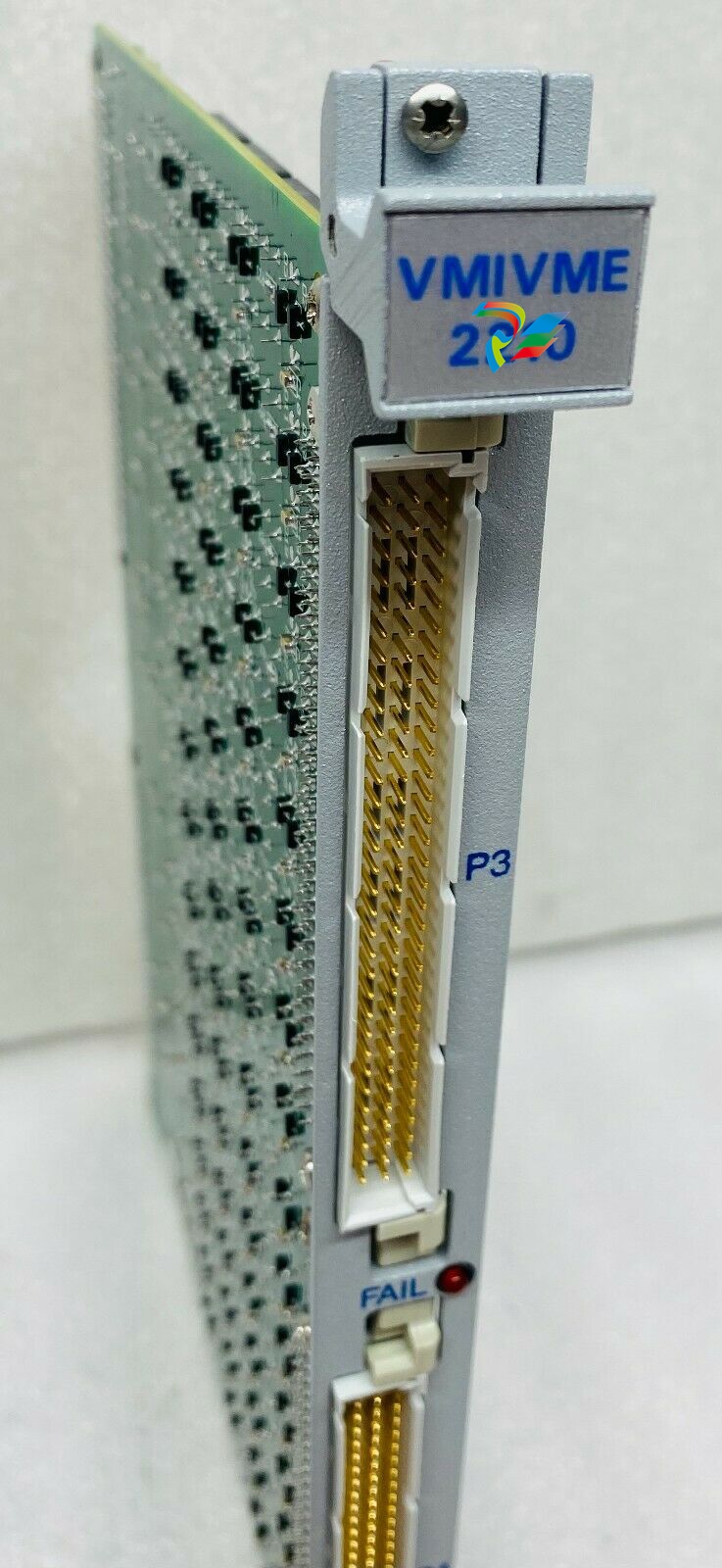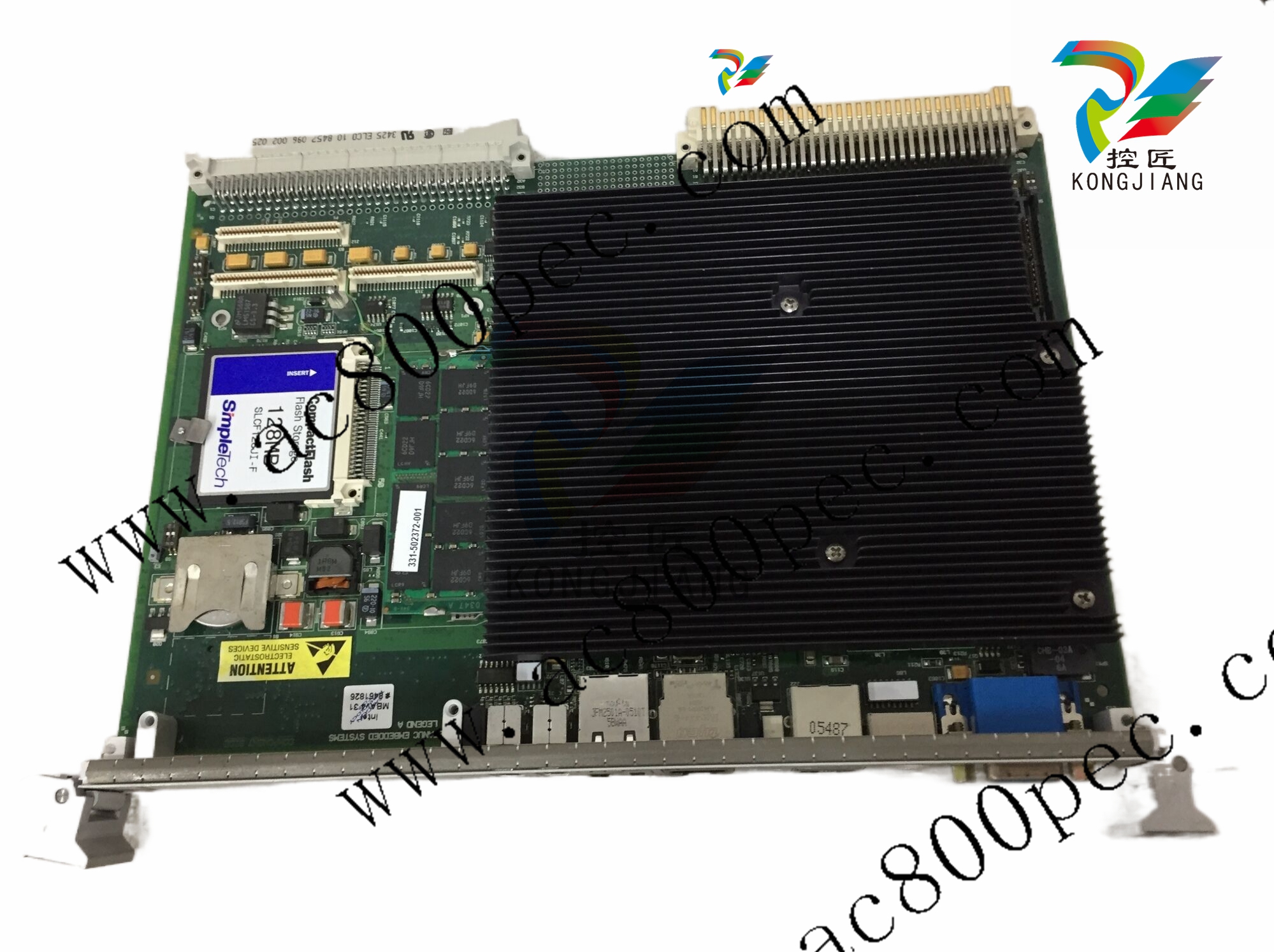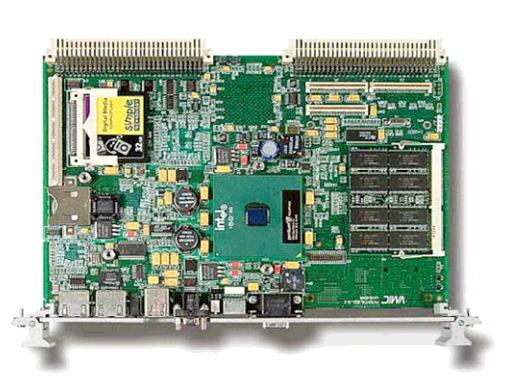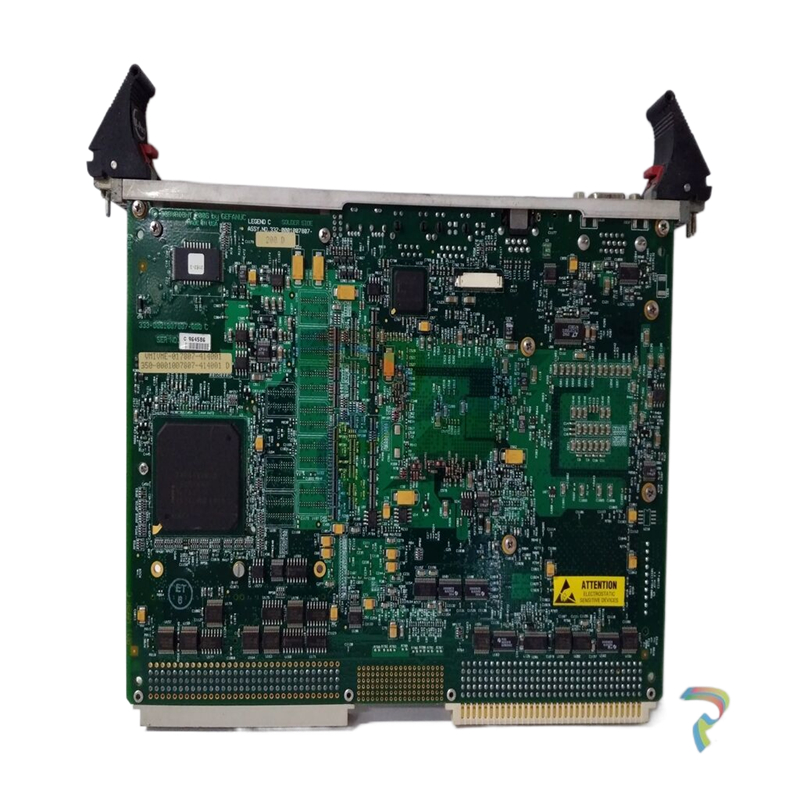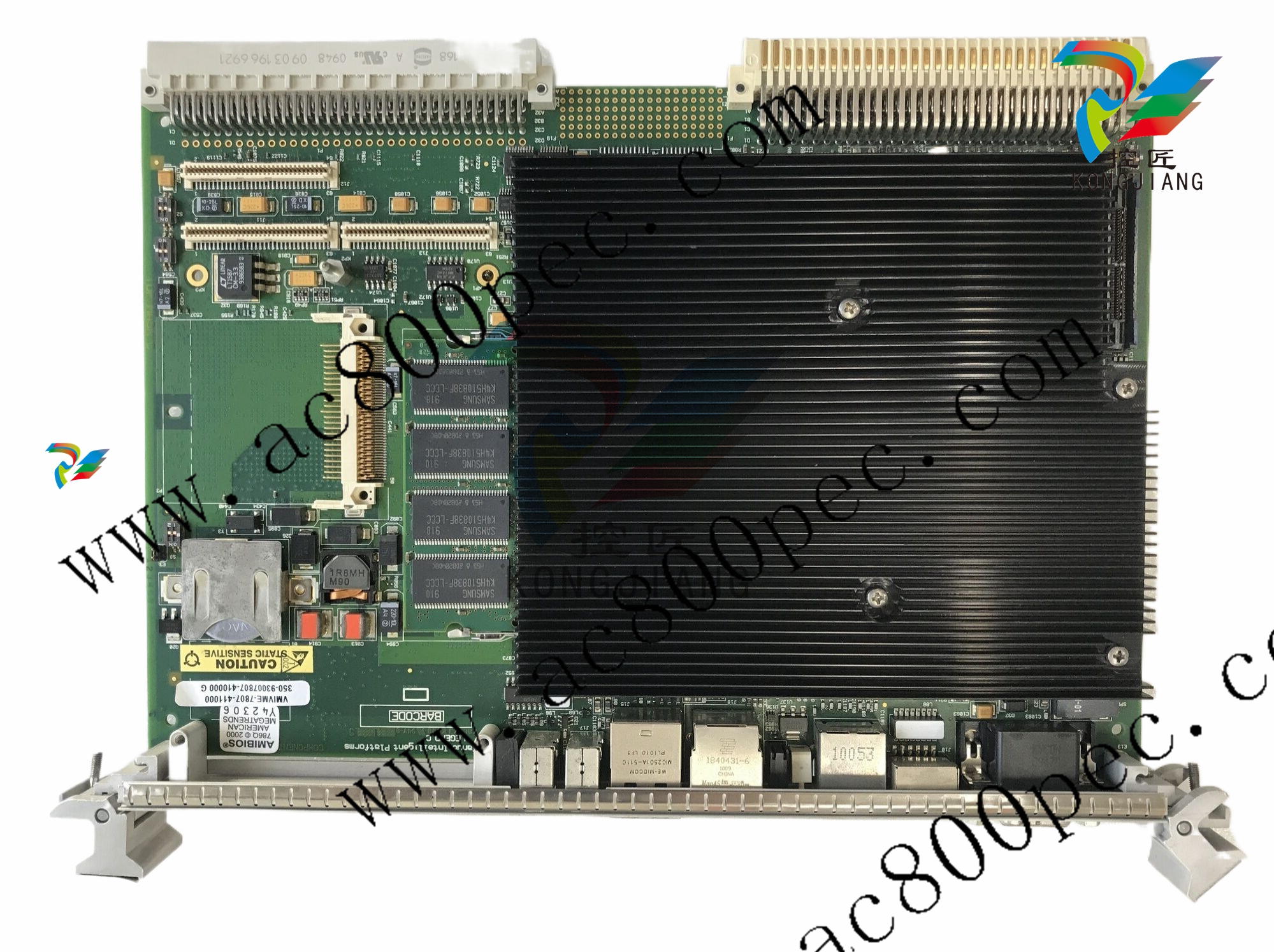
GE350 Feeder Protection System
transformer polarities, shown in the Typical Wiring Diagram. Note the solid square
markings shown with all instrument transformer connections. When the connections
adhere to this drawing, the arrow shows the direction of power flow for positive watts and
the positive direction of lagging vars.The phase sequence is user programmable for either
ABC or ACB rotation.
Current inputs
The 350 relay has four (4) channels for AC current inputs, each with an isolating
transformer. There are no internal ground connections on the current inputs. Current
transformers with 1 to 6000 A primaries may be used.
CAUTION: Verify that the relay’s nominal input current of 1 A or 5 A matches the secondary rating
of the connected CTs. Unmatched CTs may result in equipment damage or inadequate
protection.
CAUTION: IMPORTANT: The phase and ground current inputs will correctly measure up to 20
times the current input’s nominal rating. Time overcurrent curves become horizontal
lines for currents above the 20 × CT rating. This becomes apparent if the pickup level is
set above the nominal CT rating.
CAUTION: Before working on CTs, they MUST be short circuited.
Ground and sensitive ground CT inputs
One dedicated ground input is referred to throughout this manual as the Ground Current
or Sensitive Ground Current input. Before making ground connections, consider that the
relay automatically calculates the neutral (residual) current from the sum of the three
phase current phasors. The following figures show three possible ground connections (or
three possible sensitive ground connections).
The ground input (Terminals D8 and E8) is used in conjunction with a Zero Sequence CT as
source, or in the neutral of wye-connected source CTs. The ground current input can be
used to polarize the neutral directional element. When using the residual connection set
the GROUND CT PRIMARY setpoint to a value equal to the PHASE CT PRIMARY setpoint.
In cases where the relay is equipped with sensitive ground CT (terminals D8 and E8) the
sensitive ground current input is intended for use either with a CT in a source neutral of a
high-impedance grounded system, or on ungrounded systems. On ungrounded systems it
is connected residually with the phase current inputs. In this case, the SENSTV GND CT
PRIMARY setpoint should be programmed to a value equal to the PHASE CT PRIMARY
setpoint. The sensitive ground current input can be connected to a Zero Sequence CT for
increased sensitivity and accuracy when physically possible in the system.
NOTE
NOTE: The Sensitive Ground input must only be used on systems where the maximum ground
current does not exceed current input specifications
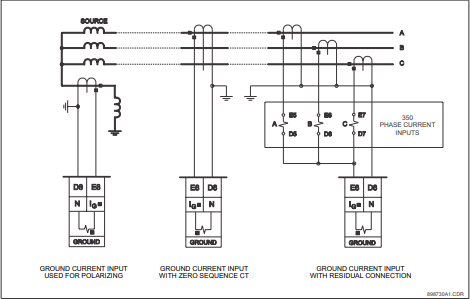
Zero sequence CT installation
The various CT connections and the exact placement of a Zero Sequence CT, for ground
fault current detection, are shown in the figure below. Twisted pair cabling on the Zero
Sequence CT is recommended.
Figure 2-35: Zero sequence core balance (CT) installation
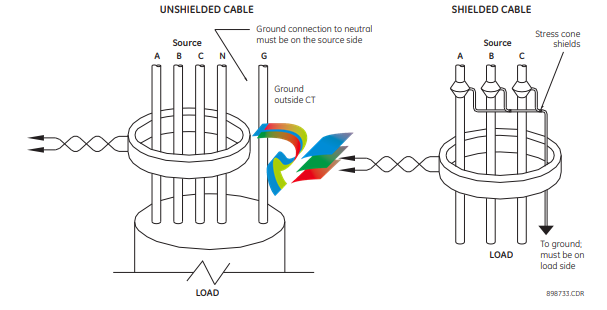
Voltage inputs
The 350 relay has four channels for AC voltage inputs, each with an isolating transformer.
Voltage transformers up to a maximum 5000:1 ratio may be used. The nominal secondary
voltage must be in the 50 to 240 V range.The three phase inputs are designated as the “bus
voltage”. The Bus VT connections most commonly used, wye and delta (or open delta), are
shown in the typical wiring diagram.
NOTE
NOTE: If Delta VTs are used, the zero sequence voltage (V0) and neutral/sensitive ground
polarizing voltage (–V0) will be zero. Also, with the Delta VT connection, the phase-neutral
voltage cannot be measured and will not be displayed.
NOTE
NOTE: The 350 relay can be applied to both metering and protection feeders with up to 550 kV
phase-to-phase voltage. Please ensure that the selected VT ratio and VT secondary do not
result in a primary voltage exceeding 550 kV.
The single phase input is designated as the “Aux VT Input”. The Aux VT input channel can be
connected for either phase-neutral voltage Van, Vbn, Vcn, or for phase-phase voltage Vab,
Vbc, Vca as shown below.
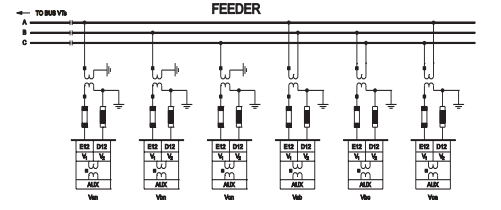
Control power
CAUTION: Control power supplied to the relay must match the installed power supply range. If the
applied voltage does not match, damage to the unit may occur. All grounds MUST be
connected for safe, normal operation regardless of control power supply type.
The label found on the relay specifies its order code or model number. The installed power
supply’s operating range will be one of the following:
LO: 24 to 48 V DC (Range: 20 to 60 V DC)
HI: 125 to 250 V DC/120 to 240 V AC (Range: 84 to 250 V DC/60 to 300 V AC (50 and 60
Hz))
CAUTION: The relay should be connected directly to the ground bus, using the shortest practical
path. A tinned copper, braided, shielding and bonding cable should be used. As a
minimum, 96 strands of number 34 AWG should be used. Belden catalog number 8660
is suitable.
CAUTION: Isolate power prior to servicing.
An external switch, circuit breaker, or other protective device must be connected near to
